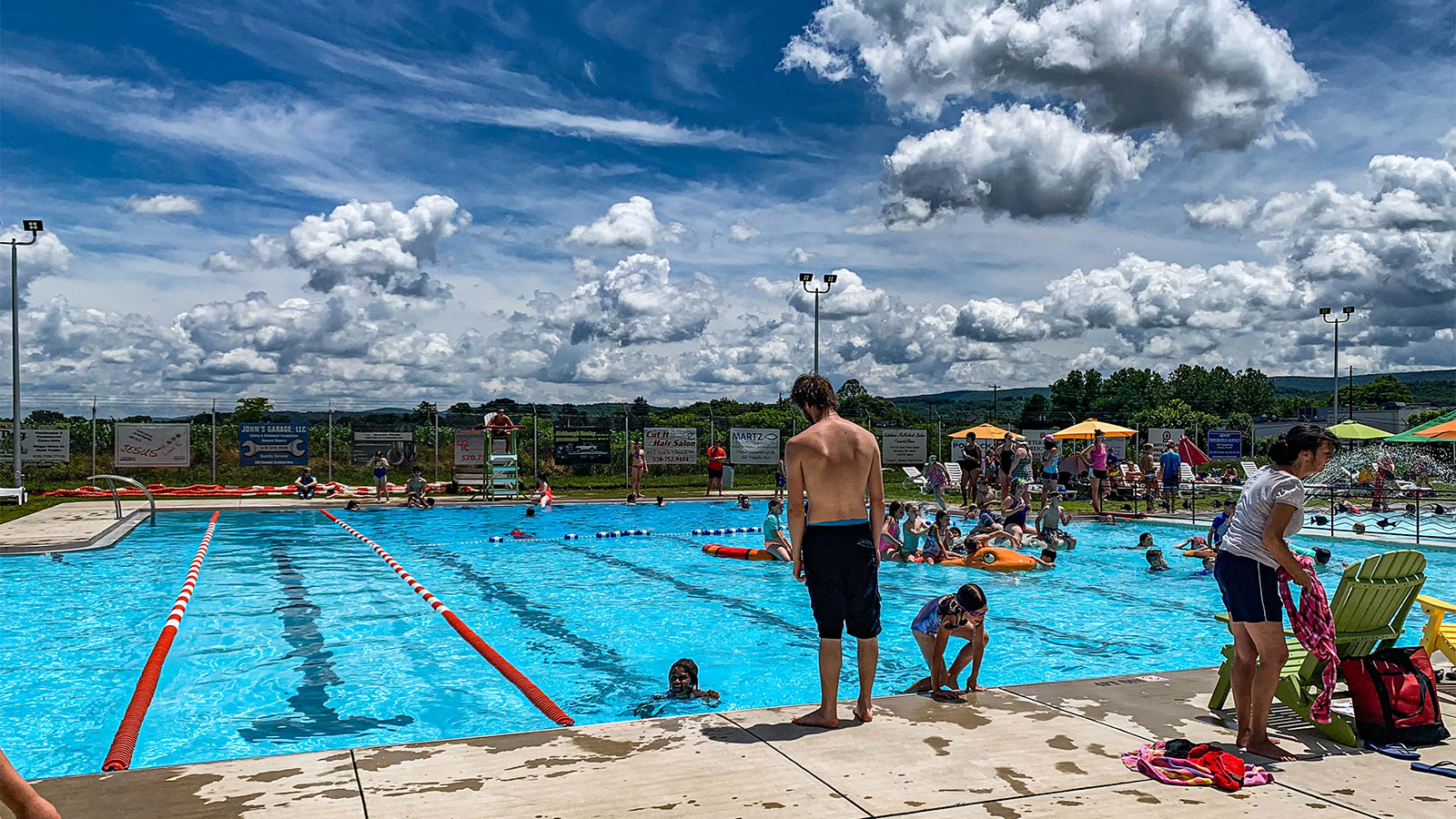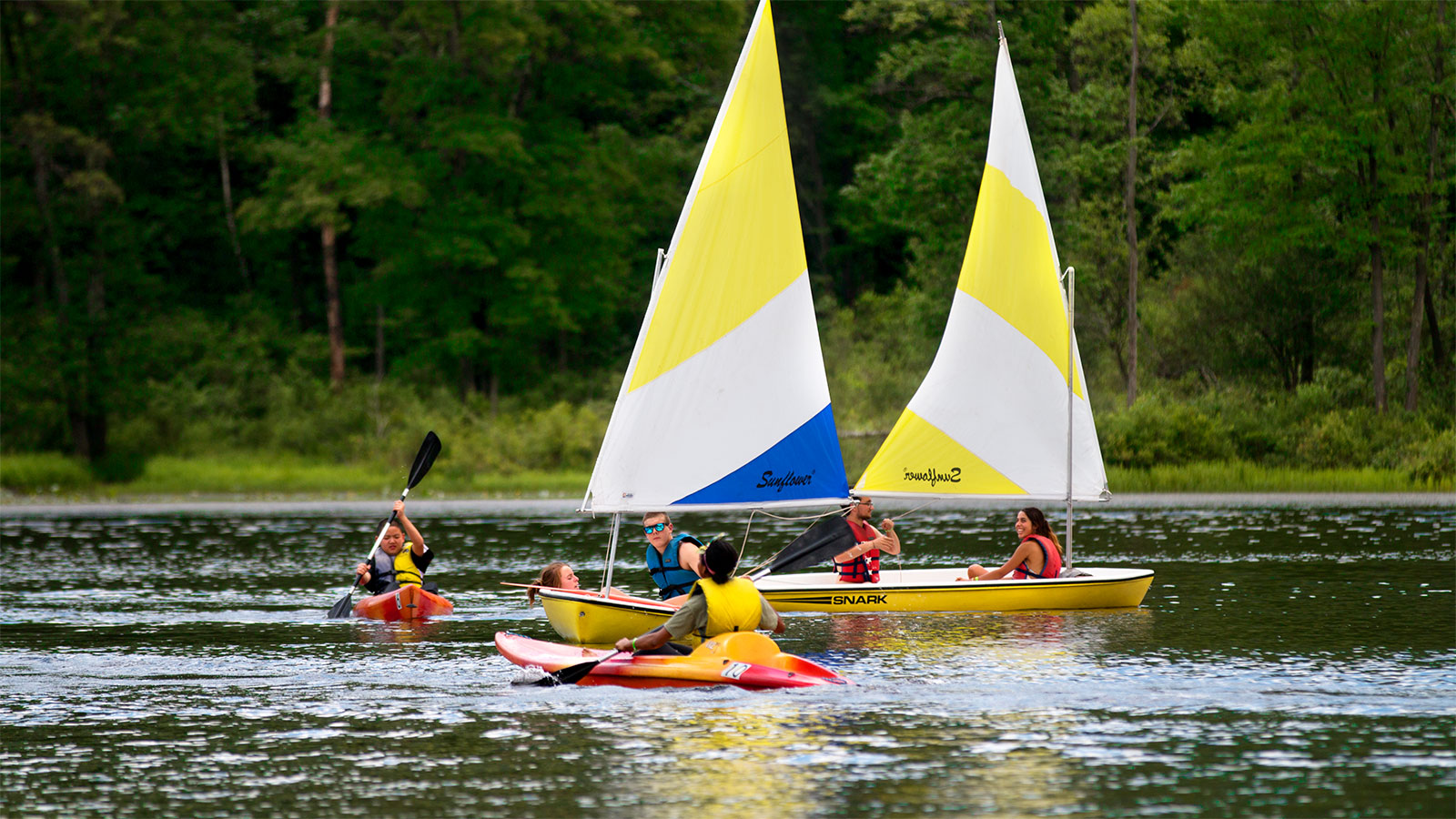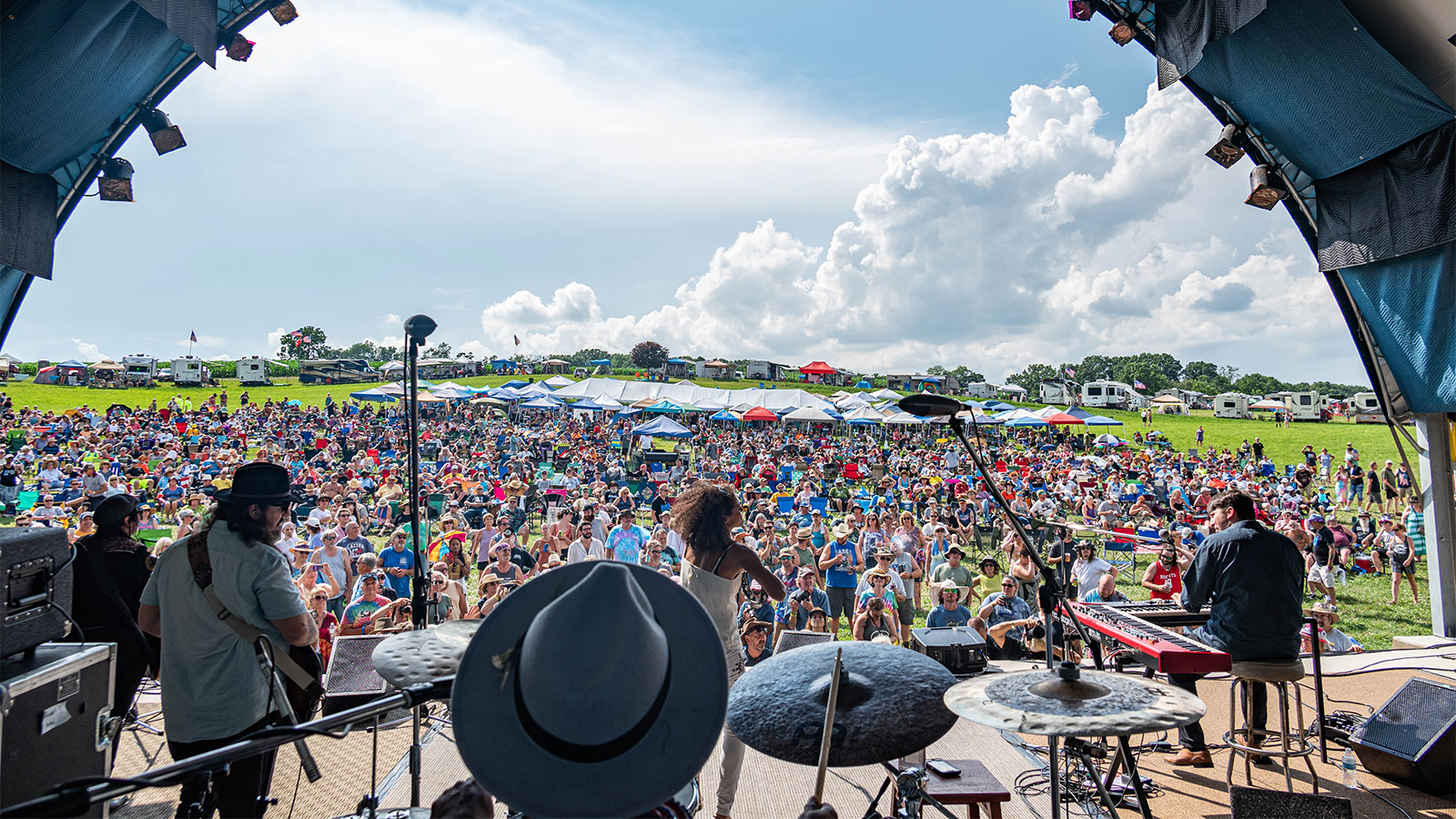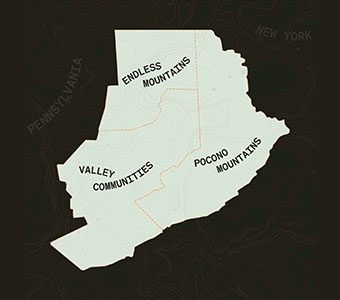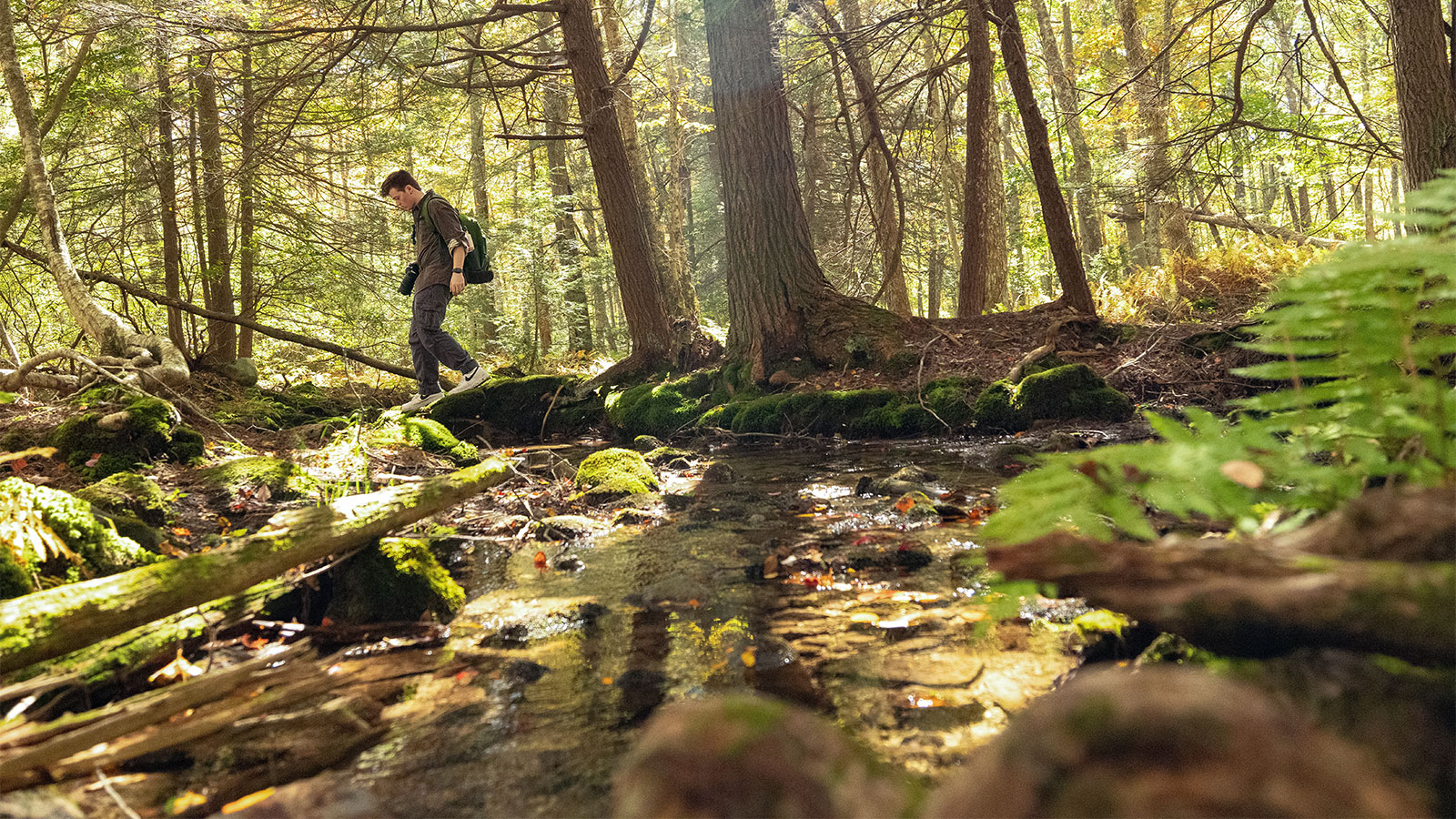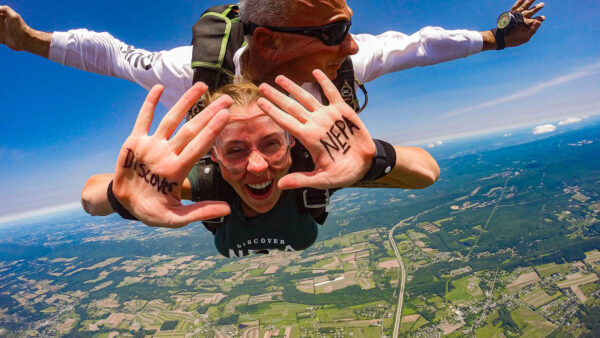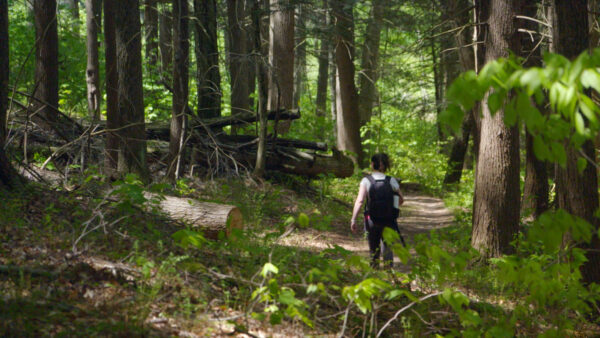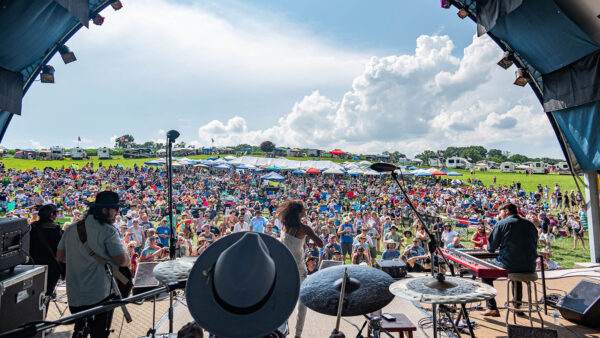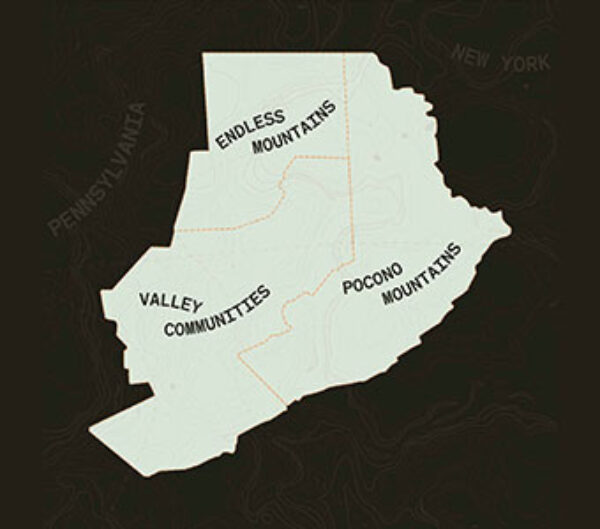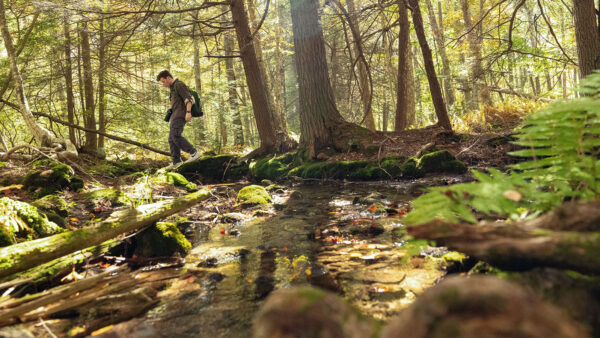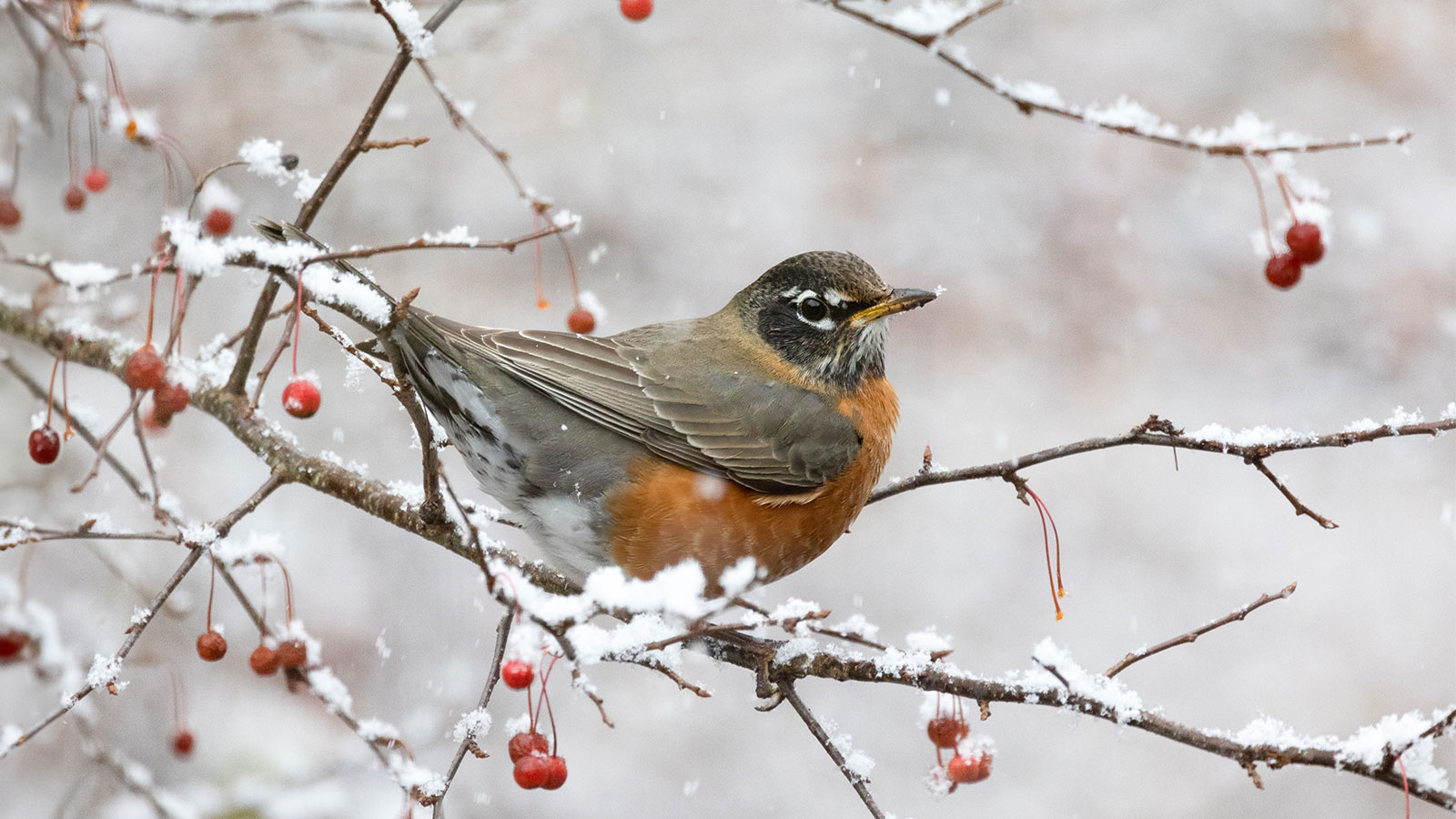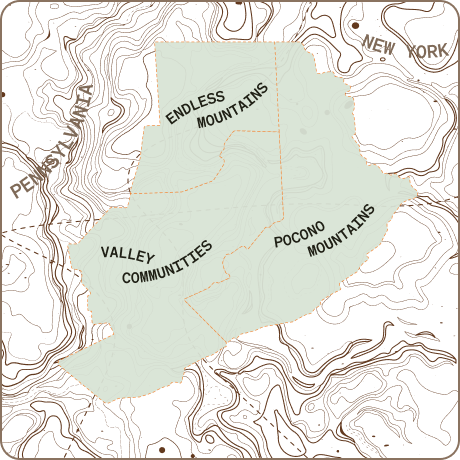Winter is the Perfect Time to get Your Start as an Amateur Birdwatcher

While most birds have fled for warmer, southern climates, you can still find quite a few hardy, cold-weather species.
In the late 19th century, the seeds of what would become known as the National Audubon Society and ever-expanding efforts toward bird conservation in America were being planted. Two Boston environmentalists, Harriet Hemenway and Mina B. Hall, sought to convince women to forgo the high-fashion luxury of elaborately-plumed hats. The hats, often adorned with the colorful feathers of songbirds and waterfowl, fueled an industry reliant upon indiscriminate and often unregulated hunting of birds.

Soon, more influential bird-lovers joined the cause including legislators, scientists, prominent naturalists and even President Teddy Roosevelt. Throughout the 20th century more concerted efforts to protect America’s bird populations ensued. Additional laws were passed. Bird sanctuaries and wildlife refuges were carved out. Soon, the illegal hunting of migratory bird species had fallen out of fashion (bye-bye pretty hats). And the great American landscape – its forests and trees, its vast, open meadows and flourishing wetlands, the rivers, the ocean shores – were returned to the birds. …And the birdwatchers.
A Rich History of Birding in Pennsylvania

Fun Fact: Ornithology, the scientific study of birds, originated in Pennsylvania.
According to the PA Game Commission, the Commonwealth is home to 436 species of wild birds. Here’s a list. Birdwatching as a pastime actually dates back roughly to the state’s founding. And its popularity has only managed to grow exponentially in ensuing centuries. Of course, it helps when you have 1.5 million acres of State Game Lands and 20 pristine State Forests. NEPA’s abundance of State Parks, State Forest Districts, State Game Lands, Nature Preserves and Conservation Areas make it a perfect location for birding in the wild.
Pennsylvania also hosts 86 Important Bird Areas statewide. These designated areas are part of a global program implemented by BirdLife International, Audubon, local conservation partners and state/local agencies. Important Bird Areas are chosen specifically as vital to the conservation of bird species in a particular area and for the overall benefit of the biodiversity of the region.
NEPA is home to 8 of Pennsylvania’s 86 Important Bird Areas.
Susquehanna Riverlands
Hickory Run State Park
Kittatinny Ridge
Upper Delaware Scenic River
Pocono Lake Preserve
Long Pond Preserve
Promised Land State Park – Bruce Lake Natural Area
Shohola Waterfowl Management Area — State Game Lands 180
The Perks of Birding in Winter

Northeastern Pennsylvania is in a unique position when it comes to winter birding.
By the first snowfall, most of our birds have taken to greener pastures. By the time January rolls around, there are only a handful of truly tough species hanging out. Not ideal for birdwatching, I know. But what makes birding this time of year so interesting, what makes NEPA so unique is that our geographical location is actually a popular stop for birds that breed in the far north of Canada, Alaska and the Arctic. Northeastern Pennsylvania is their “greener pasture.” It’s their warm, southern climate. Go figure.

These hardy visitors include the American Tree Sparrow, Rough Legged hawk, Snow Bunting, Redpolls, Lapland Longspur and the Snowy owl to name a few. And, of course, we do still have our native stragglers. These homegrown PA “tough guys” include Juncos, Chickadees, Nuthatches, Finches, Blue Jays, Woodpeckers, Crow and several more. Now, for any amateur birder, that’s still quite an impressive list. And with these favorable winter conditions — less leaves on trees, an often-snow-covered backdrop, birds actively foraging for seeds and berries – NEPA is the perfect place for the novice birdwatcher to take up the hobby.
Ok. So, there are birds here in the winter. Check. What’s next?
Hobby Meets Science

A birding hobby can be so much more than just fun and entertainment.
Since the very early ornithologists began fixing their spyglasses on every bird they could find, birdwatching had already proliferated as a worldwide hobby. And it wasn’t long before the scientific side understood what an invaluable resource it had in the avid birder. This natural, human fascination with the sights, sounds and movements of birds led ornithologists to lean heavily on the accumulative efforts of “citizen scientists.” All over the world, hundreds of thousands of birders actively record and report their observations. There are even specific “bird counts” held at different times throughout the year.

One example of this relationship between the actual science and the hobby is the annual Audubon Christmas Bird Count. For over 120 years, localized groups of birders all over the U.S., Canada and beyond head out on Christmas Day to record every bird they see. This data is then transmitted and utilized in comprehensive studies of bird populations. Since its inception, the Christmas Bird Count has led to important findings regarding climate change, bird loss trends and the impact of conservation efforts.
It’s not the only one. Many organized bird counts with local count groups currently happen throughout the year. And, starting in 2024, you can even participate as a citizen scientist in the 3rd Pennsylvania Bird Atlas.
Winter is the Perfect Time to Start Birding

And it can be as simple as putting a bird feeder in the yard, or on the porch.
Let’s assume you’re new. You’re hearing of this unique, rewarding activity for the first time. Here’s an easy way to get started. First, before you go trudging out into the wild, your brand-new stockpile of gear clanking about, ease yourself into the idea of birding. Welcome the birds into your life. Buy a feeder and some seed. Of course, it would be helpful to know what kind of feed and the right type of feeder for your area. For that, we defer to our friends at Penn State Extension. They’ve put together a handy guide to Winter Bird Feeding specifically for beginners.

Yeah, we know you want to get your gear, but we’re not there yet.
Next, arm yourself with knowledge. It helps to have a basic understanding of birds as a species, their habits and habitats, where certain types of birds live and where they can often be seen. This is where a handy field guide comes into play. Many birders, expert and novice alike, use the affordable and extremely user-friendly Sibley Field Guide. The Audubon Society also publishes super-useful regional field guides. And, to answer that first question – No. this is not a homework assignment. The guides serve as a gateway into the world of birding. Our advice: just keep your guide handy. Pick it up when you’re bored, when you’re sick of scrolling on your phone, when you’re in that one particular room in your house where a little reading always seems to make sense (wink).

We would be remiss to not discuss birding in the 21st century. It’s all about the apps. You have a phone. You’ve got dozens of apps. It’s not going to hurt to add a few more – especially if they’re really cool. The world of birding has gone digital. Now, you can keep track of every bird you see with a few easy swipes and clicks on your phone. Via your favorite birding app, you can submit your recordings to major ornithological efforts, bird species studies and bird counts. Many of the modern apps even include a bird identification tool that can be used via your camera, or even pick up a bird’s call through the microphone and identify it.
Here are some of the most popular birding apps:
Merlin Bird ID by Cornell University
Audubon Bird Guide by the National Audubon Society
eBird by Cornell Lab of Ornithology

Ok, ok… let’s finally talk about gear. If you were planning on running out to spend a fortune on the latest birding “must -haves” espoused by some goofy influencer who somehow navigated the algorithm to your IG feed, don’t! Birding isn’t about gear. It’s about being outside or just by your favorite window, or on the back porch. It’s about being quiet in the natural world and allowing it to invite you in as a spectator, a seeker of knowledge via the little world of one of its most fascinating creatures.

Would a pair of binoculars help? Sure, but any old pair will do – even those old plastic binoculars that you’re certain are still buried in your mom’s junk drawer. Just grab them and a field guide or handy birding app and some childlike enthusiasm and be on your way. Will you someday want to pick up a fancy, expensive camera and a state-of-the-art spotting scope and a comfy, portable birding chair? Perhaps, but it’s your game and you play it the way you play it.
In the meantime, happy birding! Now, get out there and discover the fascinating birds of NEPA.

